Te āhua o ā mātou mahi How we operate
How we collaborate and invest to create amazing places in Tāmaki Makaurau.

Strategic, collaborative urban regeneration
Eke Panuku delivers urban regeneration across Auckland. It also manages and maintains approximately $2.6 billion of the council’s “non-service” properties, as well as providing property disposal and acquisition services to the Auckland Council group.
Its roles are carried out within Auckland Council’s strategic settings, including the Auckland Unitary Plan, the Auckland Plan, the Auckland Council Long-term Plan (budgets) and local board plans. Eke Panuku is also strongly guided by its "Thriving Town Centres" strategic framework.
The organisation's strategy and planning documents are presented to Auckland Council for input and then approval or endorsement.
As a “council-controlled organisation”, Eke Panuku performs its role within the requirements of legislation, in particular the Local Government Act 2002. The Local Government Act and other acts set out specific obligations to Māori. To fulfil its obligations, Eke Panuku maintains close and regular contact with the Mayor, councillors, local boards and mana whenua.
Eke Panuku’s regeneration and property management programmes follow decisions where Auckland Council identifies under-used property, or property no longer needed to deliver council services, and releases it to Eke Panuku - either for sale, or for urban regeneration purposes. Nearby properties may be purchased and incorporated into regeneration programmes, or their owners may become partners in such programmes.
Where there is a need to retain property, Eke Panuku property specialists manage it on the council’s behalf to optimise community benefits and financial returns to council, that in turn helps deliver on council priorities.
Eke Panuku also provides property advice and buys land on Auckland Council’s behalf for services such as water and stormwater infrastructure, sites for community centres, pools, parks, and libraries and to build roads, footpaths, cycleways and for urban renewal.
Our four levers Implementing our mahi:
We have four ‘levers’ for implementing our mahi across Tāmaki Makaurau:
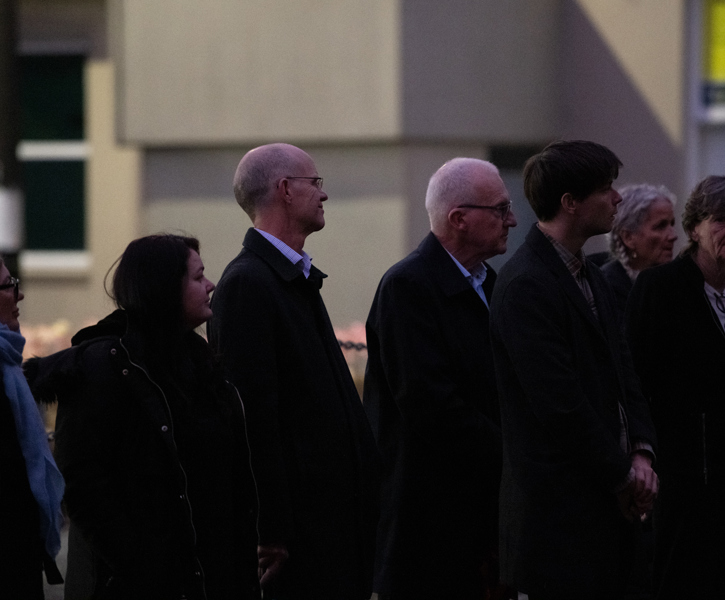
Lead agency lever

Eke Panuku facilitates a shared vision and urban regeneration plan for each location, leading an integrated council group response, while coordinating partner, stakeholder and community input. It then manages the regeneration process from strategy through to construction.
Commercial strategy lever
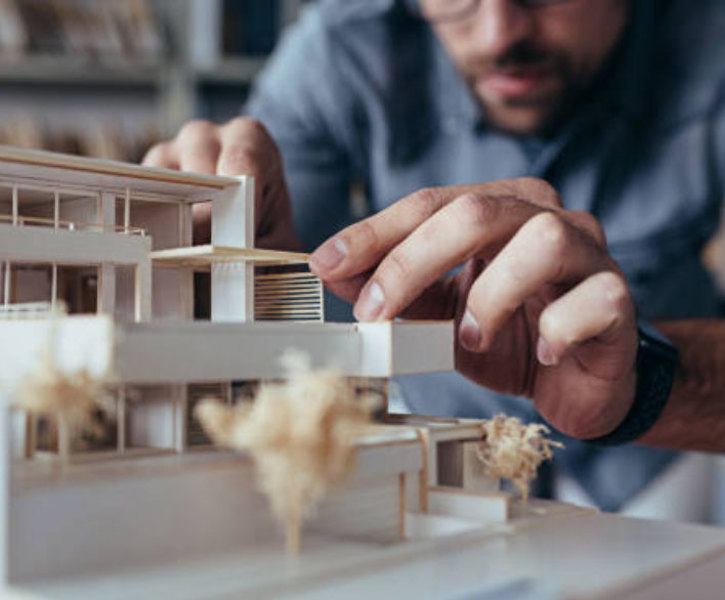
Working with a range of development partners, Eke Panuku takes underused council-owned property assets to deliver residential and commercial development, with supporting public amenities. This can involve site sales, acquisitions, land consolidation and other activities to unlock market opportunities.
Eke Panuku undertakes plan changes, creates new infrastructure, and removes contamination. This enables higher quality development and increases yields and revenue for the council.
The organisation prides itself on the quality of its design and development. This is led by Eke Panuku, or its development partners, ensuring that projects are functional, sustainable, beautiful and in many cases - award winning.
Public realm lever

Eke Panuku identifies opportunities to improve the attractiveness, connectivity, and resilience of town centres as places to live and work, visit, and do business - building confidence for others to invest.
Working with the council group and partners, it delivers capital projects such as new town squares and laneways, parks, playgrounds, street improvements, walkaways, and cycle networks.
Often with multiple benefits, these projects can help manage stormwater to reduce flood risk, increase shade and shelter, reduce vehicle trips and carbon emissions, enable recreation and healthy lifestyles, and improve safety.
Placemaking lever
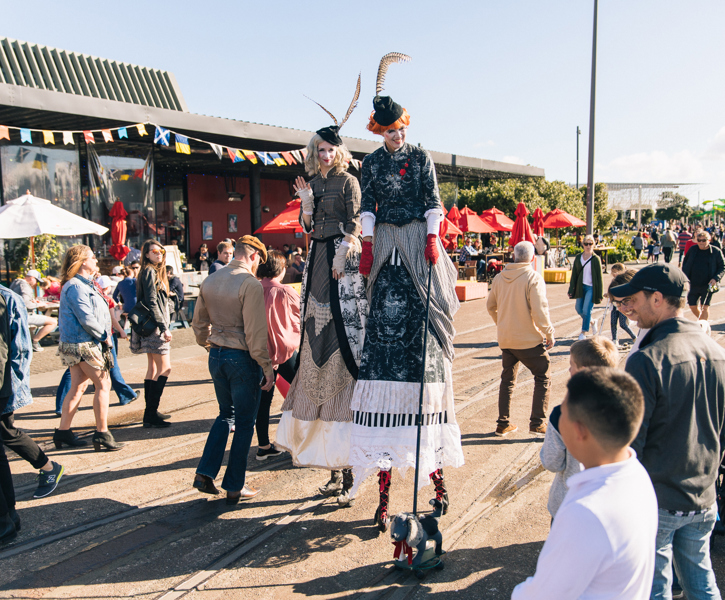
Placemaking performs four vital functions in neighbourhood regeneration:
- Placemaking draws local people and organisations into the strategy, planning and design phases to ensure regeneration strongly reflects local values, culture, history, heritage and natural features.
- Through participation in events and trials for configuring public space, residents and businesses strengthen their connections to their neighbourhood - increasing their sense of ownership of the result.
- As regeneration proceeds, especially during construction, placemaking events and promotional activity continue to draw people into an area to maintain community life and business activity.
- As new public spaces and amenities become available, the Eke Panuku Placemaking team provides public events and interactive experiences within them to build community patronage.
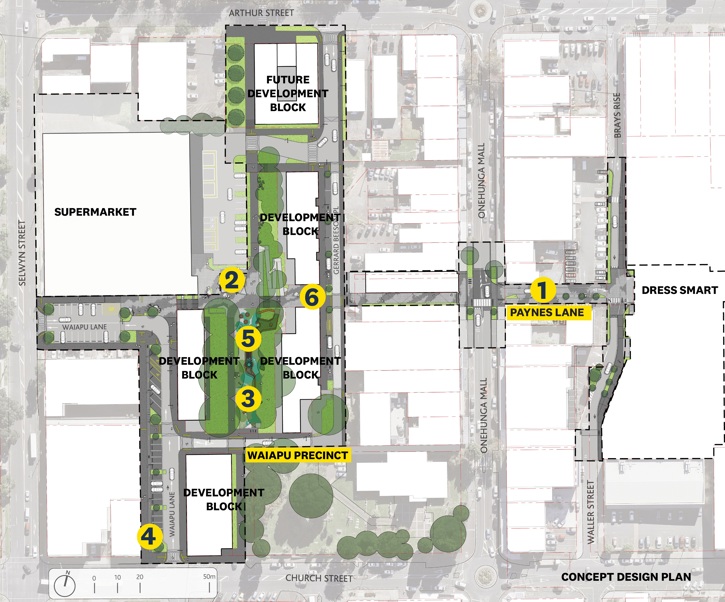
Place-led regeneration
Each community is unique and Eke Panuku draws heavily on local knowledge and values to ensure that its regeneration practice reflects the culture, history, heritage, architecture and natural attributes of the place.
Placemaking utilises a suite of techniques to get communities involved in shaping the regeneration of their neighbourhoods. During the strategy formation, planning and design stages, local people are invited to participate in events where they provide ideas, comment on proposals and rank priorities. This is often through hands-on fun events that gather critical information on what communities value about their neighbourhoods, desired development and the type of public amenities they want to see there.
Other placemaking events provide the opportunity to test different potential uses of public spaces, trialling ideas in nimble, flexible and low-cost ways before undertaking significant investment.
This level of community involvement in the strategy, planning and design phases also builds a sense of local ownership in the regeneration.
As a regeneration proceeds, particularly as the effects of construction are being felt, placemaking initiatives are implemented to continue to attract people into the area - helping to keep community life and business patronage alive.
As the regeneration’s new amenities and public places become available, placemaking events and on-site aids enable and boost public use - reconnecting the community to their now improved facilities.
Through such placemaking programmes, Eke Panuku supports communities undergoing significant change and strengthens relationships to build trust and knowledge - ensuring that the regeneration project supports local identity and sense of place.
Eke Panuku tests design options, gathers community feedback and builds community capacity to support social and economic outcomes.
Find out more about how Eke Panuku supports Tāmaki Makaurau / Auckland’s urban regeneration in our Thriving Town Centres guidance here
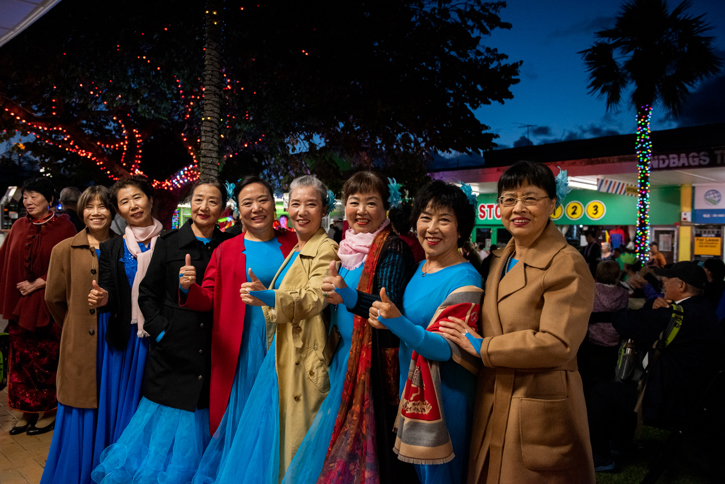
Community and Stakeholder engagement
Regeneration projects occur within communities and can have major impacts on the life of each community for many decades. Local people and organisations are the best sources of local knowledge - both about the nature of the area to be regenerated and about the people who will be affected by it.
A strong sense of community buy-in and ownership of the end-result is critical to the success of a regeneration project. So, it’s important that each community is involved in the regeneration process from the outset and has a direct role in shaping its strategy, plans and designs.
Eke Panuku seeks to involve communities and stakeholders as early as is practical, usually in the preliminary stages where high-level objectives (outcomes) are clarified and land-use options that could deliver the objectives are identified.
As strategy, plans and designs are developed, Eke Panuku checks-in with the community and its elected representatives to ensure that it is on track to deliver the agreed objectives.
The full Eke Panuku engagement strategy document can be read here. Discover more about the Eke Panuku approach to placemaking here and here.

Working with Mana Whenua
Eke Panuku works closely with its mana whenua partners to understand their priorities in Tāmaki Makaurau.
While Eke Panuku, as part of the Auckland Council Group, has legislated obligations to mana whenua, its experience is that going beyond this to work in true partnership with mana whenua greatly enhances its place-based approach and the quality of strategy, planning and design. In particular, it enables Eke Panuku to more fully reflect Tamaki Makaurau’s natural and human history and cultural heritage in regeneration design.
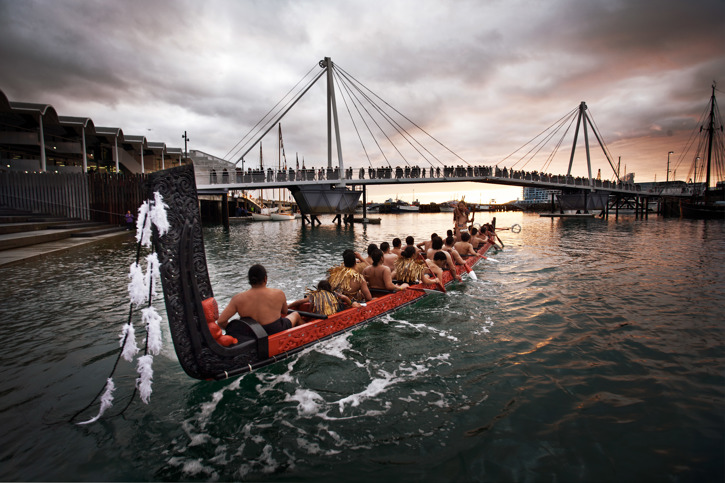
These aspirations were developed with Mana Whenua:
- Governance: We involve mana whenua in transparent decision-making.
- Culture and identity: We increase our practice of kaitiakitanga and increase the visibility of Māori identity and culture in our projects.
- Economic: We create more commercial investment, procurement and engagement opportunities for Māori.
- Wellbeing: We foster a sense of community and connectedness and help enhance the wellbeing of Māori here in Tāmaki Makaurau.
- Natural environment: We work together to ensure we are working towards significant improvements to te mauri o te taiao.
Eke Panuku engages with mana whenua in the initial stages of a project to identify where and how they would like to be involved. Often, Eke Panuku works with mana whenua-nominated artists and technical experts to create spaces that reflect Māori identity.
Eke Panuku also engages with mana whenua when preparing commercial development opportunities within its regeneration programme - either engaging directly with mana whenua as developers, or brokering conversations between developers and mana whenua.
Eke Panuku partners with mana whenua individually and collectively to ensure that its work responds to their aspirations. Typically, Eke Panuku will host a weekly forum and invite mana whenua to engage with it on the programme.
As well as weekly engagement on projects, mana whenua meet with the Eke Panuku Executive Lead Team quarterly, and the Eke Panuku Board twice a year, to maintain relationships and discuss any overarching issues and opportunities.
You can read more about partnering with mana whenua here.
Quality regeneration through rigour, review and market discipline
Eke Panuku regeneration activity is founded on working to strategy and being "place-led" through engagement with community and partners. From that foundation - plans and designs are developed within rigorous frameworks, so that governance, partners and the community can have confidence in the end result. Eke Panuku then invites proposals from the private sector - to harness their expertise, innovation and competitive discipline, further ensuring value for money.
Read more about these processes below.
High level project plan (HLPP)
Eke Panuku uses a HLPP at the outset of a regeneration to:
- Outline the context of what is proposed, including the strategic rationale for decision-making, information about existing statutory or non-statutory plans that inform the proposal, known market opportunities, statutory issues and stakeholder requirements.
- Provide a vision and supporting principles, goals and strategic moves to guide the work programme for this project.
- Describe existing and proposed projects, including specific properties involved and any anticipated high-level outcomes or benefits.
- Describe the approach to place-led engagement.
- Outline the proposed high-level funding strategy.
Masterplan
A masterplan gives effect to the HLPP by:
- Setting out the long-term regeneration vision for a neighbourhood
- Capturing the aspirations shared by partnering agencies, including Auckland Council, Auckland Transport, mana whenua, local boards and government agencies
- Ensuring that the local community and stakeholders have a clear understanding about the planned changes
- Ensuring that the development is coordinated and addresses the key issues and opportunities facing the area
- Describing the spatial arrangements of buildings and public spaces
- Scheduling the staging of development to deliver change over a realistic timeframe
- Providing a reference point for consultation with key stakeholders and the community throughout the design process
In some cases a “framework plan” is used instead of, or to support, a masterplan. Framework plans are similar to masterplans, with a strong spatial element, but are less prescriptive about specific land use and design elements.
Business cases
Eke Panuku employs the “Better Business Case” framework promoted by the New Zealand Treasury. This provides rigour, an assessment of value for money and the ability to compare the merits of like and unlike projects. The methodology can be applied to whole programmes, as well as individual projects. It takes into account both financial and non-financial costs and benefits.
Business cases are developed in distinct stages as the community makes known its preferences for the project and plans develop from high level objectives through to detailed designs. These distinct business case stages reflect this evolution of planning through:
- a Strategic Assessment
- an Indicative Business Case
- a Detailed Business Case
an Implementation Business Case
Eke Panuku’s use of the Better Business Case framework gives its board, the Auckland Council, and the community, assurance that its programmes deliver value for money.
You can read more about the Better Business Case Framework here.
Design review
Eke Panuku subjects its planning and design proposals to independent review. This is usually performed by a Technical Advisory Group (TAG).
TAG is an independent panel of experts in the fields of architecture, urban design and landscape architecture, as well as in Te Ao Māori. Its role is to challenge to ensure robust process and support Eke Panuku in key decision-making ensuring it is "creating amazing places" within communities. It advocates for best practice, innovative and meaningful design, and world-leading outcomes.
You can read more about TAG here.
Expressions of Interest and Request for Development Proposals processes
Eke Panuku typically seeks development partners to design and construct the commercial and residential components of a regeneration. The development partner may also be contracted to construct the public areas and amenities that support the regeneration.
The process for choosing a development partner often includes three vital steps –
- an expressions of interest (EoI) step
- a request for development proposals (RfDP) step
- the negotiation and signing of a development agreement.
The expressions of interest step provides the opportunity for organisations to present to Eke Panuku their interest in developing the site, their vision for the regeneration and their track record in and capability for delivering such projects.
The EoI process allows Eke Panuku to identify suitably capable organisations and invite them to develop fully worked up proposals, including designs, budgets and timetables, via the request for development proposals process.
Development proposals need to meet the conditions set by Eke Panuku. These conditions can include numbers of homes and environmental objectives, such as a building meeting Green Star ratings and new homes meeting Homestar ratings.
Design criteria can be included to ensure that buildings complement the surrounding public spaces. Tendering organisations are provided with the criteria that Eke Panuku will assess their proposal. Developers have the freedom, however, to submit their own designs within the criteria, enabling them to bring their own experience and innovation to the process.
Once development proposals are assessed against the criteria, Eke Panuku then enters into negotiations with the successful tenderer. These negotiations result in a development agreement (DA), which sets the design, price, timing and any other conditions for the development.
